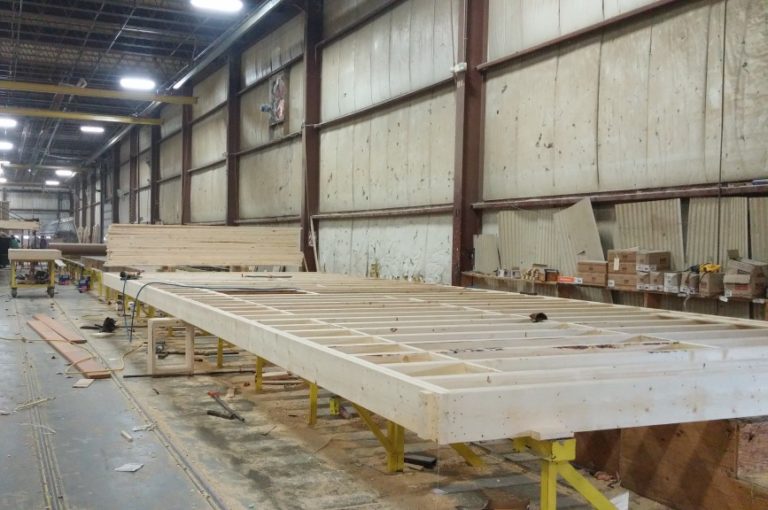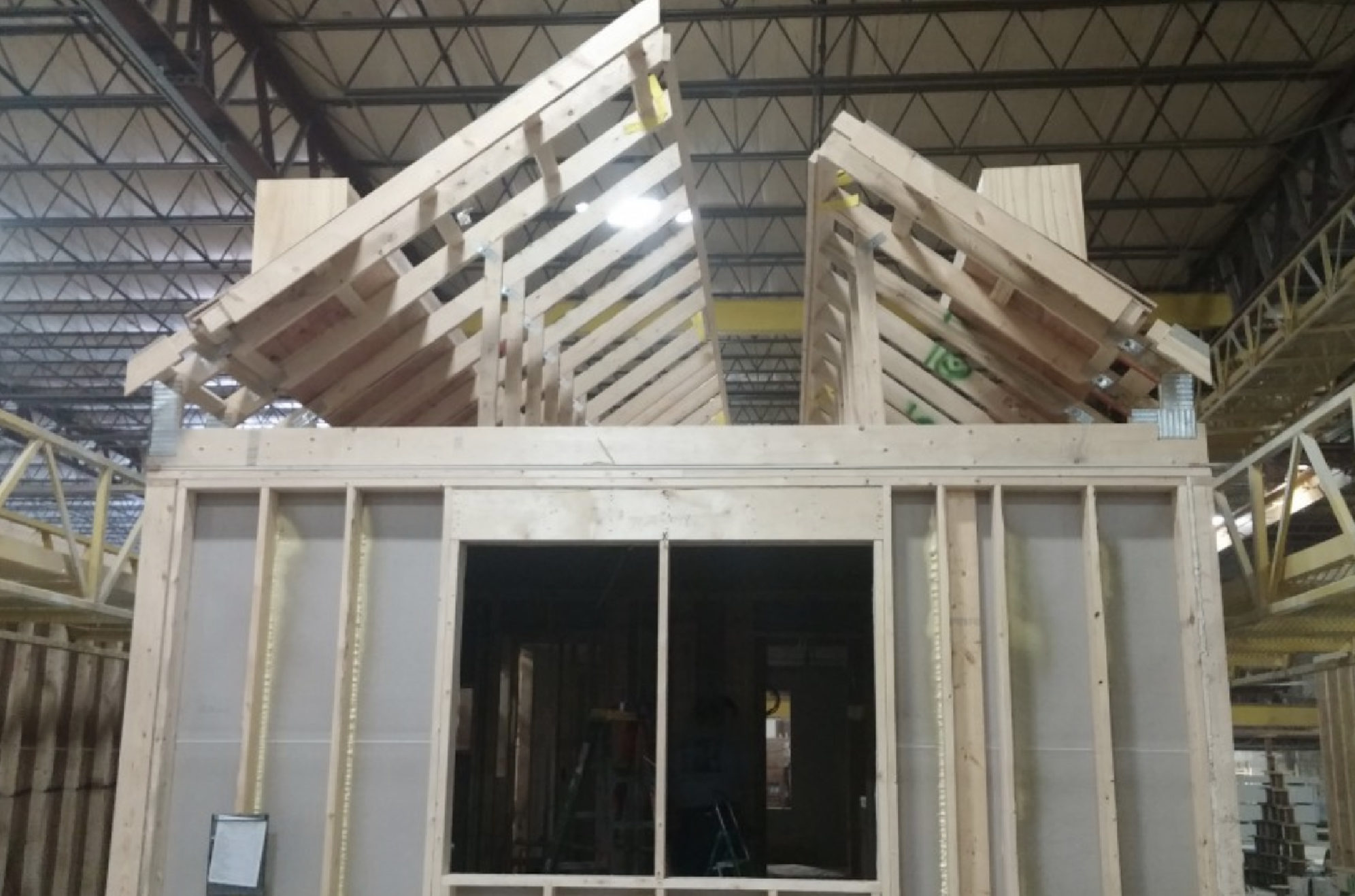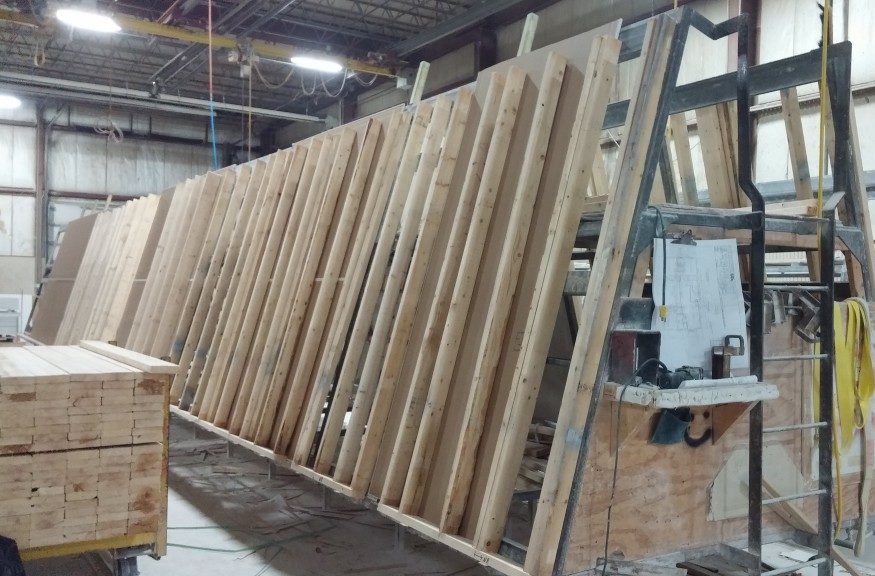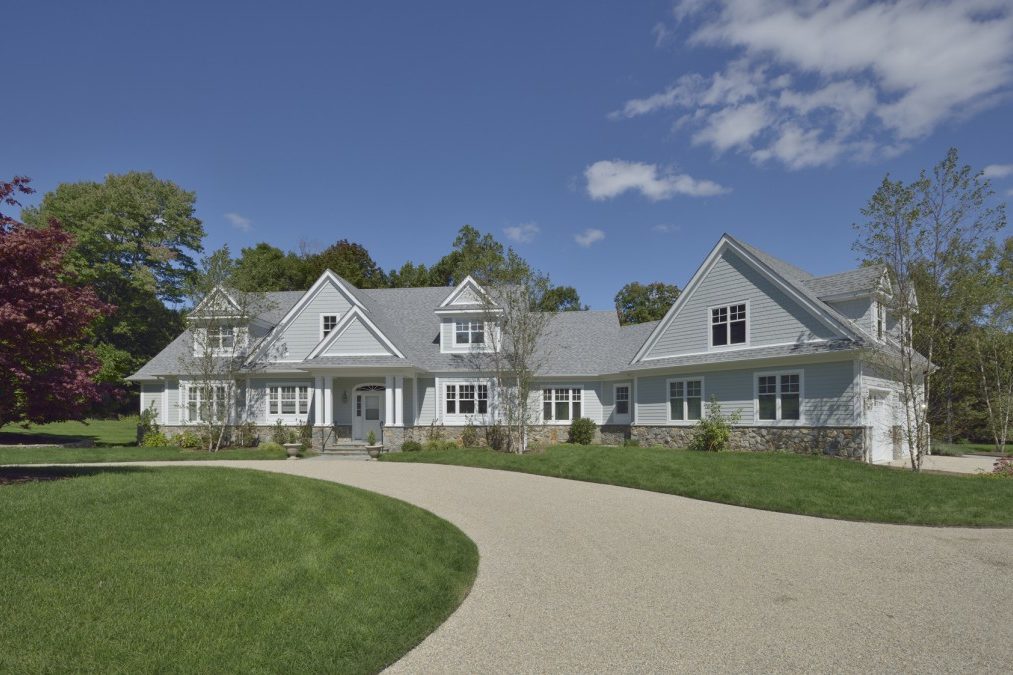
Modular Building Just Makes Sense
Are cars built in parking lots? Are ships built on the ocean? Why is it then that homes are built outside? If you take anyone inside a modular production facility, you tend to hear the same response, “Wow, this just makes complete sense!” That is said so often, because it does.
Because the home is built inside in a climate-controlled environment, the building materials never experience the harmful effects of weather and moisture.
There are a myriad of reasons why Modular Building Systems are better than traditional stick by stick building that is done outdoors:
● Modular homes are constructed by a proven method known as Building Systems in an enclosed climate-controlled facility. This means that the home is completed in a systematic manner with clearly defined processes, procedures and quality controls.
● Because the home is built inside in a climate-controlled environment, the wood and other building materials used in the construction of the home never experience the harmful effects of weather and moisture. The end result is a better built home. By contrast, homes built outdoors can have numerous problems due to the weather, varying from warped lumber to more serious problems such as mold.
● Another reason modular makes sense is that homes are made by a stable and experienced workforce for consistent quality. The highly skilled and trained craftsmen that build these homes sometimes have been working at that job for years, if not decades. Their work ethic translates into pride and a sense of ownership in every home built. A quality workforce in combination with detailed processes and procedures creates a better built home. This draws a sharp comparison to homes built mainly by subcontractors who are not accountable and may have been hired simply because their bid was the lowest.
● With modular building, every single task performed in the building of the home is subjected to inspection. Each home has a series of written processes for the application and or installation of that building material. This is called a standard operating procedures or (SOP). All processes are listed on a document called a QC traveler. The traveler is documented and signed off by the person performing the work, an area foreman in charge, and the Quality Control Supervisor. In addition, custom modular homes that vary from certified plans must be sent to a professional engineering firm for engineering approval. Third-party state inspectors regularly come to the production facility to review plans for state code compliance.
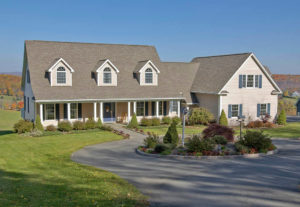
These rigorous standards and procedures are not even remotely reflected in onsite building. The quality standard used in on-site building is often based on the personnel or the sub-contracting company which cannot match the proven systems put in place.
● One fact that is beyond dispute is that modular homes are much stronger and heavier than homes built on-site. That has been demonstrated time and time again through FEMA reports after devastating hurricanes. Modular homes always fair better in severe storms than homes built on-site. The main reason is that modular homes are built with more lumber and fastening materials to withstand stresses that can occur during transportation and the setting of the home.
● Modular homes are highly engineered. Utilizing state-of-the-art Computer Aided Drafting (CAD) allows for the complete design of the home. There is no guesswork — all measurements are precise and specifications are detailed. As a consequence, there is an opportunity for a high degree of customization and flexibility.
This is also true of homes that are built onsite. The difference is that the builder will most likely need to go to another outside source for that service, such as an architect, which may cost more money. Typically, this is not an issue for modular homes. Most manufacturers have in-house engineering departments that will draw up detailed plans for your use.
● One fact that is beyond dispute is that modular homes are much stronger and heavier than homes built on-site. That has been demonstrated time and time again through FEMA reports after devastating hurricanes. Modular homes always fair better in severe storms than homes built on-site. The main reason is that modular homes are built with more lumber and fastening materials to withstand stresses that can occur during transportation and the setting of the home. Homes built on-site can meet Energy Star® qualifications but it is much more difficult. Modular homes already are intrinsically energy efficient due to the systematic processes and techniques used in building, which is not necessarily the case with traditional homes. A “tight envelope”, meaning a home with little air infiltration, is much more difficult to achieve with the traditional building because of the way in which the homes are constructed.


